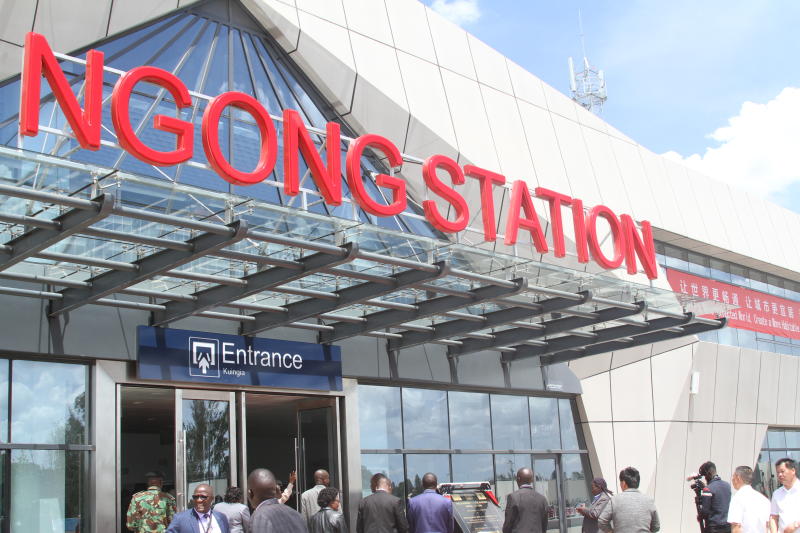×
The Standard e-Paper
Smart Minds Choose Us

In the last 100 years, Kenya’s economic centre of gravity has been Nairobi. The 2010 constitution tried to create 46 other economic centres but after 10 years, the results are mixed.
Beyond the new government offices, the county capitals have not significantly changed. A few hotels, not factories, define the new political entities, the former districts.